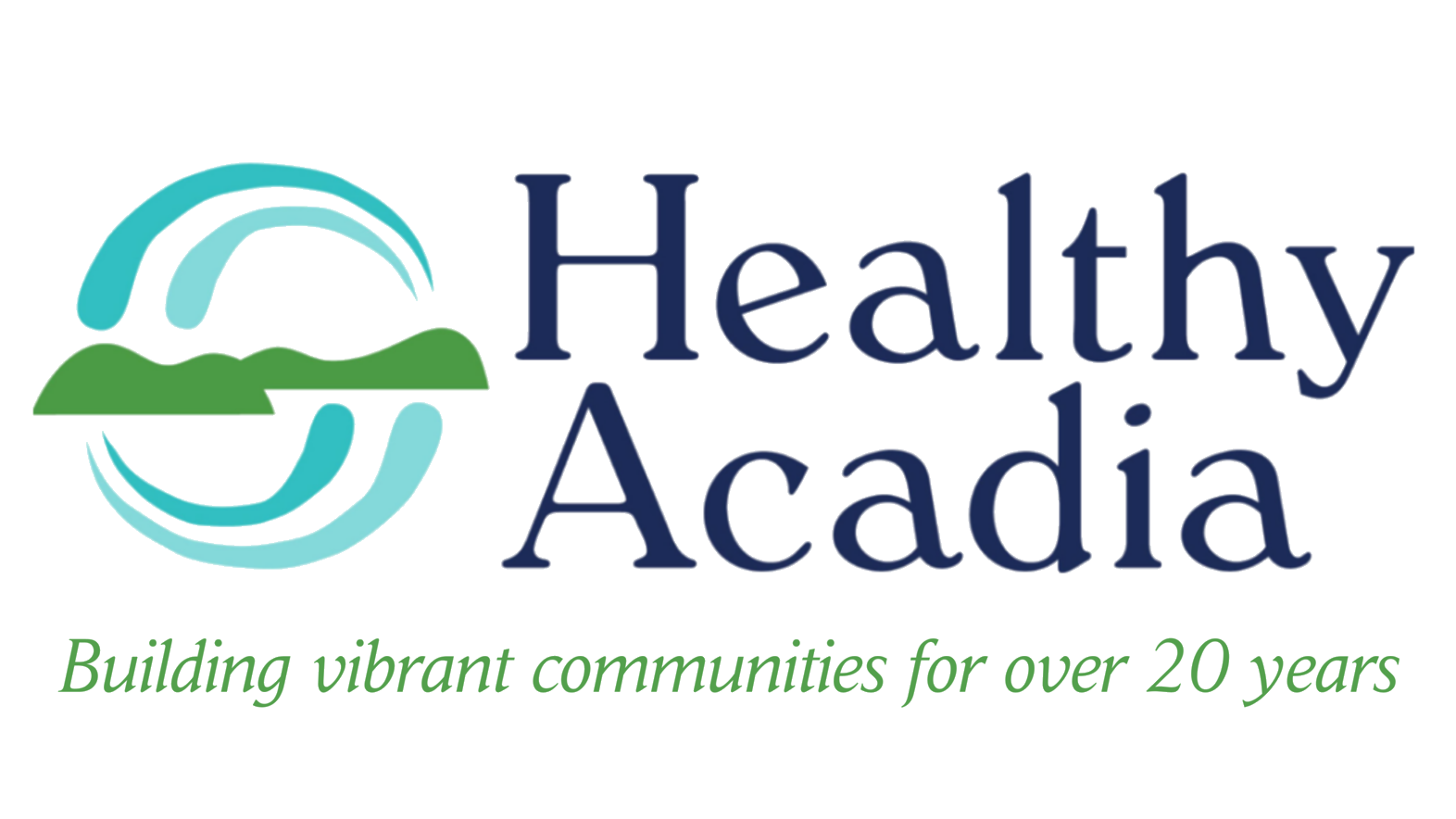COVID-19 News and Updates
Hello all,
Nina Duggan here with the latest COVID-19 news and updates. This week we will be discussing COVID-19 and the effects of lifted protection measures on disabled people, the state of COVID-19 in Maine, and the increased risk of cardiovascular events post COVID-19 infection.
COVID Communication:
Lifting protection measures excludes immunocompromised and disabled people
After years of dealing with the COVID-19 pandemic many communities are attempting to return “back to normal”, lifting protection measures and encouraging a return back to the workplace. However, this attitude of being “done with COVID” does not mean that it is done with us, and it puts millions of immunocompromised people within the United States at risk from death and further severe health events. Disability advocates warn that this attempted return to normalcy leaves behind an entire population of people and pushes them out of mainstream society.
The removal of mask mandates in public spaces such as planes, public transportation, grocery stores, educational facilities, etc. while cases still remain high forcibly excludes disabled and immunocompromised people from those spaces at risk of death or severe illness, blocking a vital lifeline for people to acquire basic necessities and make their doctor’s appointments.
Disability advocates urge for the spread of this message, that COVID-19 is not just about personal risk, but about the risk you pose to others as well. One advocate in an interview with NPR stated “One-way masking does not work, and no one seems to care outside of our community because they don’t see you as someone who needs to be protected. They see you as someone who’s just on borrowed time as it is.”
As the numbers of disabled people increase with the increase in people with long COVID, it’s more important than ever that we share this information and continue to look out for each other.
Links and sources: NPR reality of disabled people and COVID, BBC Immunocompromised workers being left behind
COVID in the News:
State of Maine
Most of Maine remains in the yellow or green, with an 11% increase in case positivity over the last two weeks, with a slight decrease in overall hospitalizations and an increase in ICU admissions. Across the state we currently sit at a positivity rate of 8%.
Links and Sources: Tracking Coronavirus in Maine: Latest Map and Case Count, CDC COVID-19 by County
BA.4 and BA.5 Variants Now Dominant Variants in U.S.
State of COVID-19 in Maine
Case numbers and death rates are increasing once more in Maine and across the country due to the BA.5 variant. There is still pressure on the healthcare system statewide due to lack of beds, most of which is pointed at issues of delayed care due to the pandemic or at health issues that became worse after a COVID infection (i.e. cardiovascular issues). New England, and particularly Maine, is faring better than much of the U.S. at present, but community transmission is still high and masks are strongly encouraged.
Effects of a COVID on the body post-infection
Further highlighting the gulf of difference between COVID-19 and the common cold, many patients are reporting new health issues related to their infection post recovering from their symptoms. Not only does repeated infection increase your chance of adverse outcomes should you catch it again (those who have had COVID two or more times are at twice the risk of dying and three times the risk of hospitalization within six months of their last infection), but patients are seeing higher instances of lung problems, heart ailments, fatigue, digestive disorders, kidney disorders, diabetes, and a host of neurological problems. One study reported a 30% increase in risk of diabetes in adults who contracted COVID. Data is still coming in regarding COVID-19 and diabetes in children, but so far anecdotal evidence suggests an increase in risk specifically for unvaccinated children.
The above issues are currently piling up with patients being admitted due to issues of delayed care, meaning hospitals are being pushed once more. Even if you don’t wind up in the hospital, 1 in 5 adults under the age of 65 who have contracted COVID report long COVID symptoms (with higher rates expected in those at higher risk).
The good news is that vaccination significantly reduces the chance of not only contracting COVID-19 in the first place, but of having these adverse health outcomes should you become infected. Additionally, a bivalent vaccine specifically geared towards the new variants is expected to become available in October (this is especially important as BA.5 made up over 50% of cases in the U.S. just last week). At the moment experts once again urge people to get vaccinated and continue with best practices.
Links and sources: Nature report on post-recovery COVID-19 heart failure, CNN report on COVID related health problems, Johns Hopkins Heart Problems After COVID-19
Featured in the Field:
Sci Time with Tracy
The account scitimewithtracy is run by a retired college professor with a PhD in microbiology and immunology. She makes informative and up to date videos regarding COVID and other infectious diseases.
She can be found on TikTok.
Sign up here to receive Nina’s weekly updates via email.
Follow Healthy Acadia on TikTok (@healthyacadia) for more updates!
If you or anyone you know have questions or concerns about COVID-19 or the available vaccines please call or text our COVID-19 Peer Support Line at 207-271-6023, Monday through Friday, 10 a.m. to 7 p.m.
